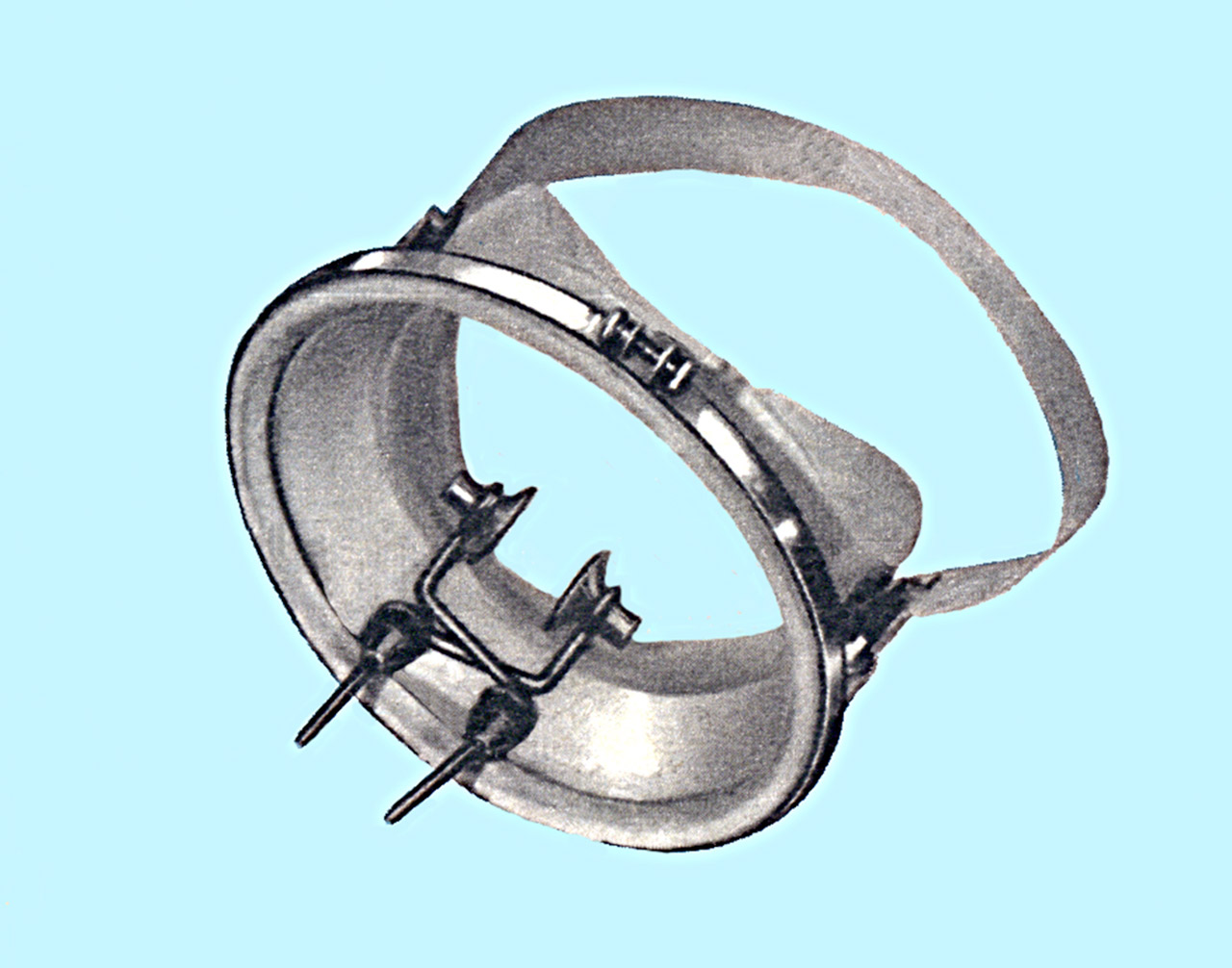David Wilson
Contributor
A 1976 issue of Mondo Sommerso returned to this Longo sub "maschera parabolica" (parabolic mask):
 Italian: "MASCHERE - Realizzata in neoprene morbido e con ghiere colorate, la maschera Parabolic ha una particolare forma anatomica che consente grande visibilità e minimo volume interno d’aria, ed inoltre una maggiore adattabilità ad ogni viso. Viene realizzata in due versioni: una in vetro unico curvo (anche se per la verità si tratta di un doppio strato di vetro con foglio di plastica in mezzo), l'altra a due vetri particolarmente utile a chi deve fare la versione ottica."
Italian: "MASCHERE - Realizzata in neoprene morbido e con ghiere colorate, la maschera Parabolic ha una particolare forma anatomica che consente grande visibilità e minimo volume interno d’aria, ed inoltre una maggiore adattabilità ad ogni viso. Viene realizzata in due versioni: una in vetro unico curvo (anche se per la verità si tratta di un doppio strato di vetro con foglio di plastica in mezzo), l'altra a due vetri particolarmente utile a chi deve fare la versione ottica."
Rough translation: "MASKS - Made of soft neoprene and with coloured bands, the Parabolic mask has a particular anatomical shape that allows great visibility and minimum internal volume of air, and also greater adaptability to every face. It is made in two versions: one in single curved glass (even if in truth it is a double layer of glass with a plastic sheet in the middle), the other with two lenses, particularly suitable for those who have to make the optical version."
So the mask now has a product name - "Parabolic" - not particularly original in the circumstances considering the lead-up, but a name nevertheless to confirm that the mask design was now a manufactured entity with a photograph to prove that reality. Many claims are made about the benefits of the model, including wider visibility, lower internal volume and better facial adhesibility. Note the availability of the Longo Parabolic in two versions, one single-lens, the other twin-lens, the latter being suitable for anyone wanting to install optical enhancement.
Another Mondo Sommerso review during the same year contained an illustration of the two types of Longo Parabolic mask placed side by side:
 Italian: "LONGO SUB: LA MASCHERA «PARABOLIC». La maschera «Parabolic» ha un vetro curvo che le consente un eccezionale campo visivo, pur avendo un volume interno ridottissimo. Viene prodotta dalla casa bolognese in due versioni: una con vetro unico e l’altra a due vetri, specialmente adatta per chi deve portare la versione ottica. La carcassa è in neoprene nero, il telaio reggivetro in plastica colorata."
Italian: "LONGO SUB: LA MASCHERA «PARABOLIC». La maschera «Parabolic» ha un vetro curvo che le consente un eccezionale campo visivo, pur avendo un volume interno ridottissimo. Viene prodotta dalla casa bolognese in due versioni: una con vetro unico e l’altra a due vetri, specialmente adatta per chi deve portare la versione ottica. La carcassa è in neoprene nero, il telaio reggivetro in plastica colorata."
Rough translation: "LONGO SUB: THE "PARABOLIC" MASK. The 'Parabolic' mask has a curved lens offering an exceptional field of vision, despite having a very low internal volume. It is produced by the Bolognese firm in two versions: one with a single lens and the other with two lenses, especially suitable for those who have to wear the optical version. The body is in black neoprene, the lens retaining band in coloured plastic."
That must suffice for today. I shall return at the weekend with a review of the Longo sub range of fins. In the coming days, stay safe and keep well.
Rough translation: "MASKS - Made of soft neoprene and with coloured bands, the Parabolic mask has a particular anatomical shape that allows great visibility and minimum internal volume of air, and also greater adaptability to every face. It is made in two versions: one in single curved glass (even if in truth it is a double layer of glass with a plastic sheet in the middle), the other with two lenses, particularly suitable for those who have to make the optical version."
So the mask now has a product name - "Parabolic" - not particularly original in the circumstances considering the lead-up, but a name nevertheless to confirm that the mask design was now a manufactured entity with a photograph to prove that reality. Many claims are made about the benefits of the model, including wider visibility, lower internal volume and better facial adhesibility. Note the availability of the Longo Parabolic in two versions, one single-lens, the other twin-lens, the latter being suitable for anyone wanting to install optical enhancement.
Another Mondo Sommerso review during the same year contained an illustration of the two types of Longo Parabolic mask placed side by side:
Rough translation: "LONGO SUB: THE "PARABOLIC" MASK. The 'Parabolic' mask has a curved lens offering an exceptional field of vision, despite having a very low internal volume. It is produced by the Bolognese firm in two versions: one with a single lens and the other with two lenses, especially suitable for those who have to wear the optical version. The body is in black neoprene, the lens retaining band in coloured plastic."
That must suffice for today. I shall return at the weekend with a review of the Longo sub range of fins. In the coming days, stay safe and keep well.




